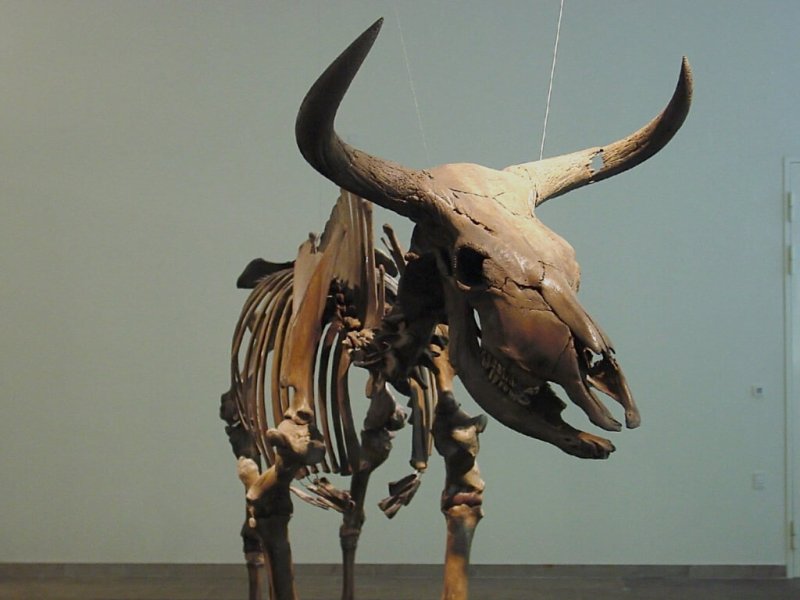To fill some of the gaps in our understanding of aurochs evolution, [paleogenomics researcher Mikkel] Sinding looks for genetic clues from the past. Genome sequencing provides a tool to examine slight deviations in aurochs DNA, revealing how these animals lived.
…
The Copenhagen museum houses a collection of medieval Scandinavian drinking horns, some of which are large enough to have conceivably come from aurochs. [Geneticist Tom] Gilbert and Sinding were discussing the scarcity of testable artifacts when the curator said, “Have you not considered looking at those horns?”
…
DNA testing can be a partially or wholly destructive process, and curators tend to frown on any research that involves chipping off or destroying part of an artifact.
…
Curators are generally sympathetic to the research that scientists hope to achieve, but they are also the stewards of rare, historical objects like decorative drinking horns, historic documents and priceless garments. Researchers will always claim that their techniques are more refined or their objective truly innovative.
“There’s always a balance between what can be gained knowledge-wise and what we have to sacrifice in regard to this limited resource,” [curator Martin] Appelt says.
Read full, original post: Testing the DNA in Museum Artifacts Can Unlock New Natural History, but Is it Worth the Potential Damage?































